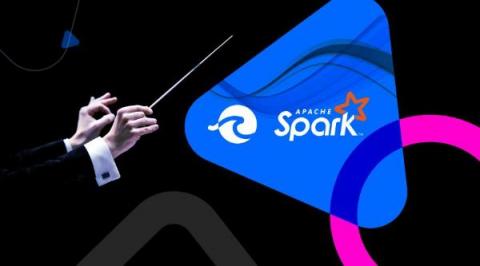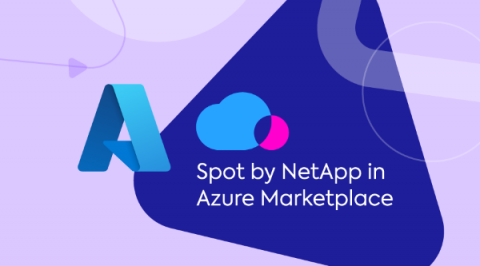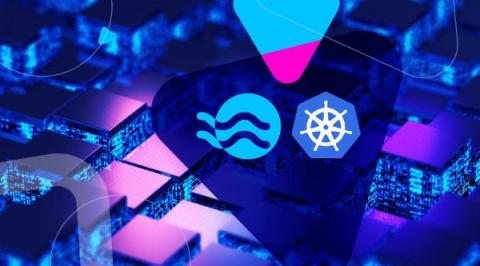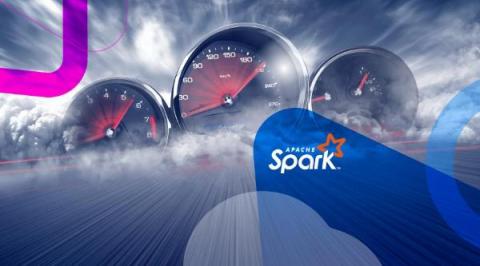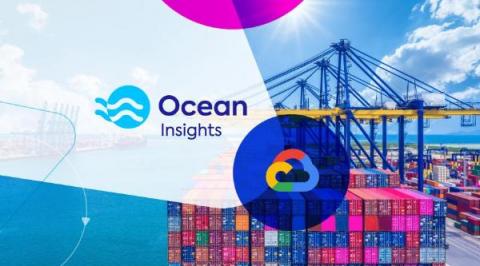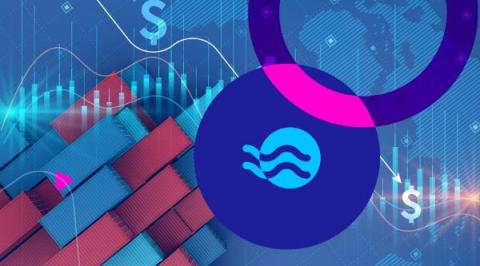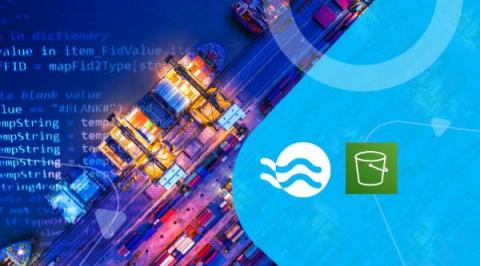Orchestrate Spark pipelines with Airflow on Ocean for Apache Spark
Running Apache Spark applications on Kubernetes has a lot of benefits, but operating and managing Kubernetes at scale has significant challenges for data teams. With the recent addition of Ocean for Apache Spark to Spot’s suite of Kubernetes solutions, data teams have the power and flexibility of Kubernetes without the complexities. A cloud-native managed service, Ocean Spark automates cloud infrastructure and application management for Spark-on-Kubernetes.


